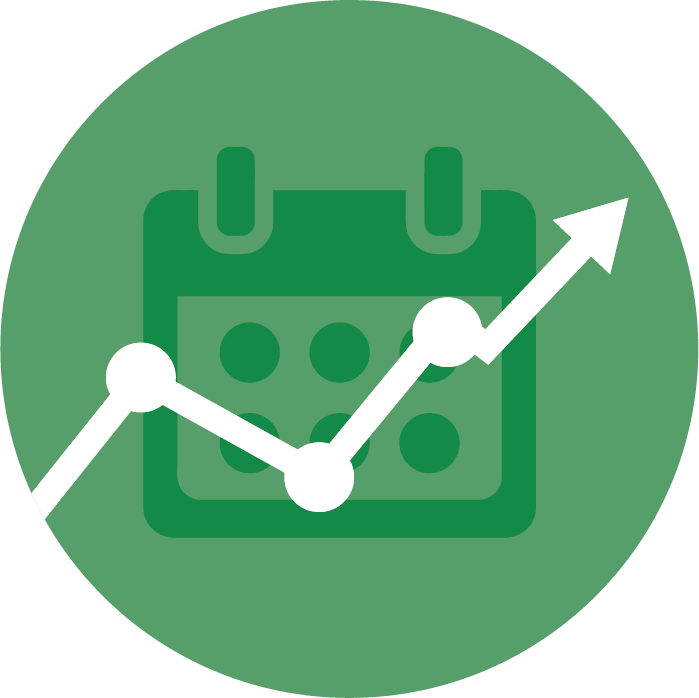Rising prices hurt just about everyone, but small business owners face a double whammy: the impact on their own spending power, but also less revenue coming in from cash-strapped customers.
The volume of retail sales fell 1.4% in March, with spending on food dropping by 1.1%. These are the first signs of the effect of high inflation, which for March was measured at 6.2%.
With a headline rate of inflation 10% being forecast to arrive over the summer these falls in expenditure are likely to get worse before they get better.

Some small business owners have actually seen improved sales, with the amount spent on e.g. DIY and furniture increasing. However, most retailers are having to ensure their prices remain competitive to retain customers who are trimming household spending and cutting products seen as superfluous.
For small businesses providing services on credit, managing cashflow is essential, especially as customers might be tempted to delay payment for weeks or even months.
The human touch is always important, and any potential non-payers need to be dealt with swiftly and decisively.
Keep on top of your debtors and my initial advice is to lengthen the payment periods in your cashflow forecast to see what the impacts the longer payment periods are likely to have on your incomings and outgoings.
If you foresee a potential shortfall in cash in the coming quarter it is best to look now at how you can resolve it before it happens.
Cashflow planning tips
Get ahead of the game and look at your plans and what could be changed or done differently to ensure that you cash position remains positive.
Curtailing or delaying planned expenditure, looking at your own supplier payment terms and due dates to see if there is any room for manoeuvre.
Run a few different financial scenarios when you look ahead as the future is difficult to predict accurately so try up by 10-20% and down by 10-20% as this will give you a good tolerance level to work within >read more: budgeting – it’s a good financial discipline

If you see a wider gap appearing in your cash position a temporary overdraft facility may be worth considering, or you may wish to look at another form of finance such as invoice financing which will provide you with more concrete invoice payment schedules.
There is of course a cost for bring external finance into the business, but this must be weighed up and balanced against your need for cash to run and manage the business, pay staff, the speed of customer payment, terms offered/breached and frequency, payment discounts for prompt payment, percentage recovery rates from difficult customers – we all have them.
Have a look at past couple of quarters and compare to a pre Covid year to see what the impacts are on your business and what can be turned around.
As mentioned the human touch and managing your good client relationships is essential. We plan to be in business for the long term and we are all having to look again at what we can afford to do and when based on what is coming in and going out. I see it in my own business and from looking at the monthly and quarterly figures our clients are reporting.
One of the leading construction materials suppliers has made available to their customers an application that allows them to price and estimate jobs, with an inbuilt inflationary price change for key materials
This is not only helpful when pricing jobs that could have a 3-6 month lead time. It also allows the end customer to see what the current price is and what the price could be when inflationary increases are built into the price at the time the work is carried out.
Inbuilt inflationary pricing provides more cost certainty for the business and it provides the customer with a realistic estimate for the final bill for the work carried out – with no additional surprises.
Irrespective of the industry you are in, no customer likes to receive additional cost surprises after they have agreed the price.
If people are made aware at the outset they are more likely to be agreeable if the increases do come to pass.
So build in inflationary increase into your customer quotes, especially if you have long lead times.
If you have not already done so, do look at the potential for increasing your prices of your products and services to cover the direct and indirect cost increases you will be experiencing.
This article first appeared in Business Women Scotland Summer 2022 magazine.
You can read the full piece and find out more about BWS and how they support women entrepreneurs and SMEs in Scotland here: BWS Magazine Summer 2022
There are also more planning ideas for businesses, partnerships and sole traders in our Tax Matters 22-23 guide. Click on the image opposite to read more.

